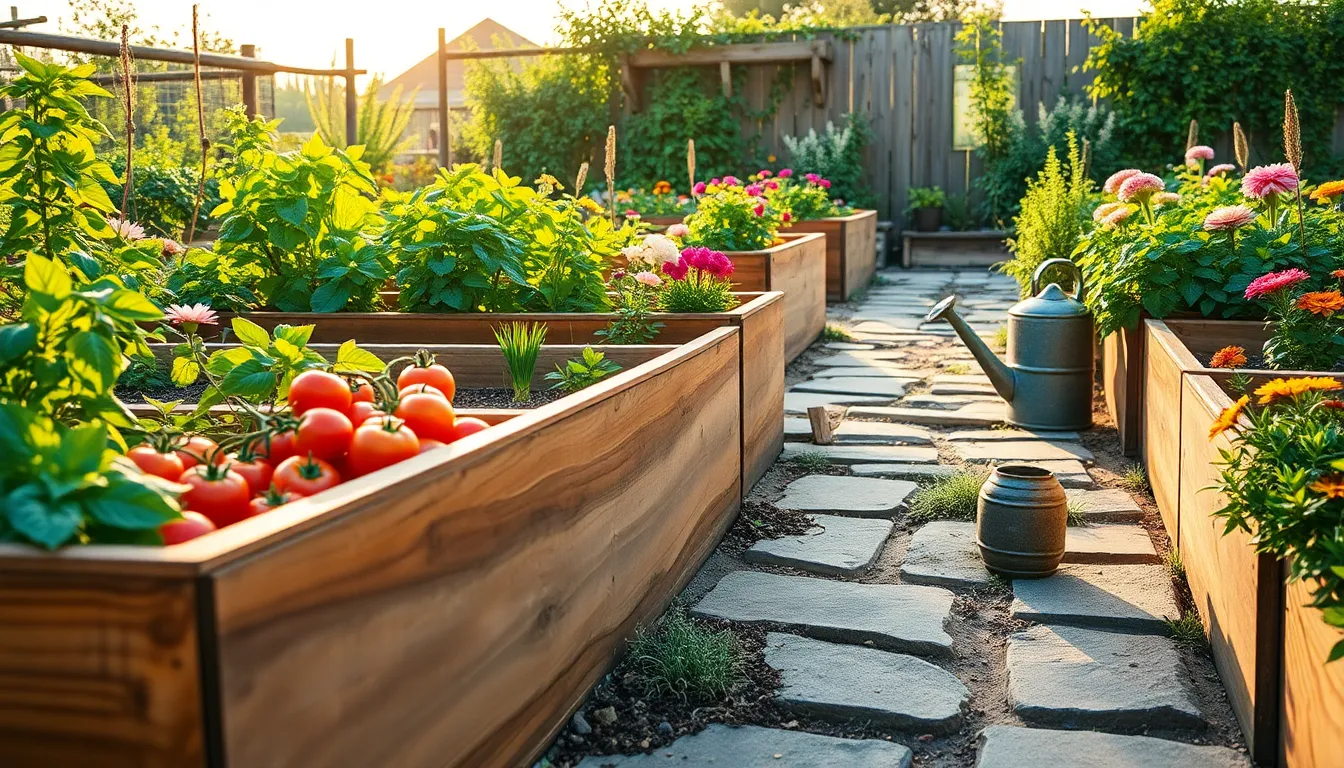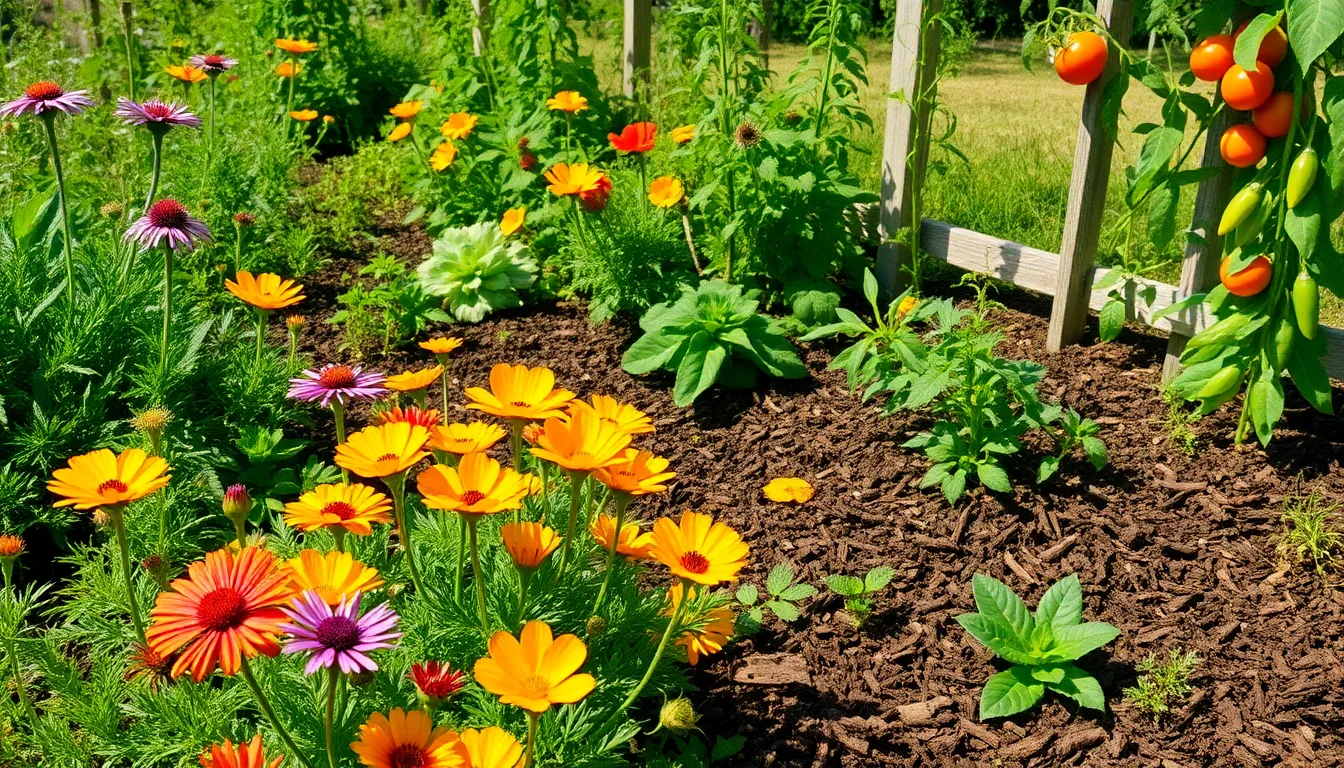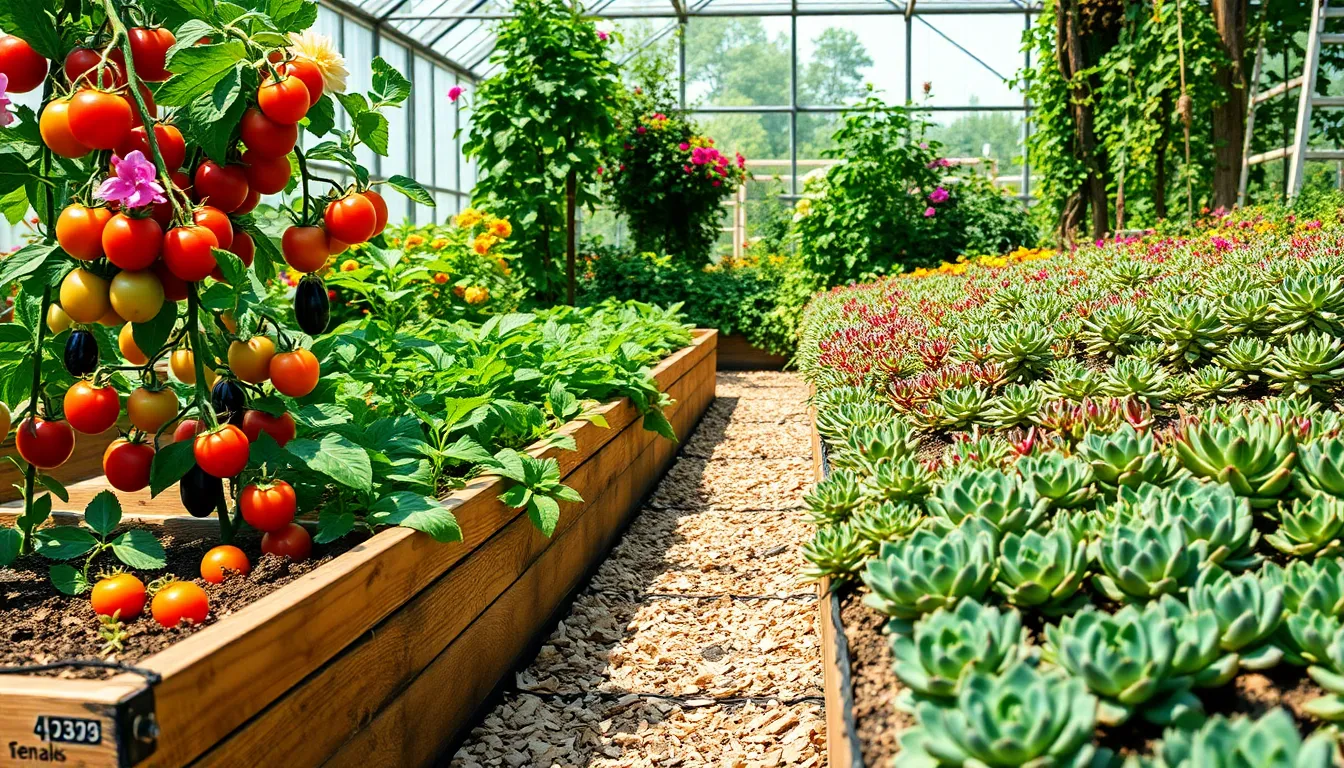In the world of gardening, few things can be as disheartening as discovering that the tender leaves of your prized plants have been gnawed away, leaving little but a trail of glistening slime in their wake. Snails, those seemingly innocent creatures, can wreak havoc in garden beds, turning your flourishing oasis into a scene of devastation overnight. For both the budding gardener and the seasoned horticulturist, understanding how to protect your garden from these persistent pests is crucial for maintaining the health and beauty of your plants.
Imagine stepping into your garden and knowing every plant is thriving, unscathed by the nocturnal feasting of snails. This article will guide you through practical, effective strategies to keep these uninvited guests at bay, ensuring your garden beds remain a vibrant sanctuary. Whether you’re just starting out or have years of experience under your belt, you’ll find insights that are both accessible and actionable, empowering you to take control of your garden’s destiny.
As we explore the intricacies of snail management, you’ll learn why it’s not just about keeping your plants intact but also about fostering a balanced ecosystem in your garden. By the end of this read, you will have a toolkit of methods—ranging from natural deterrents to clever planting strategies—that will help you create a snail-free haven. Let’s embark on this journey together, cultivating not just plants, but a deeper connection to the art of gardening itself.
Impact of Snails on Plants
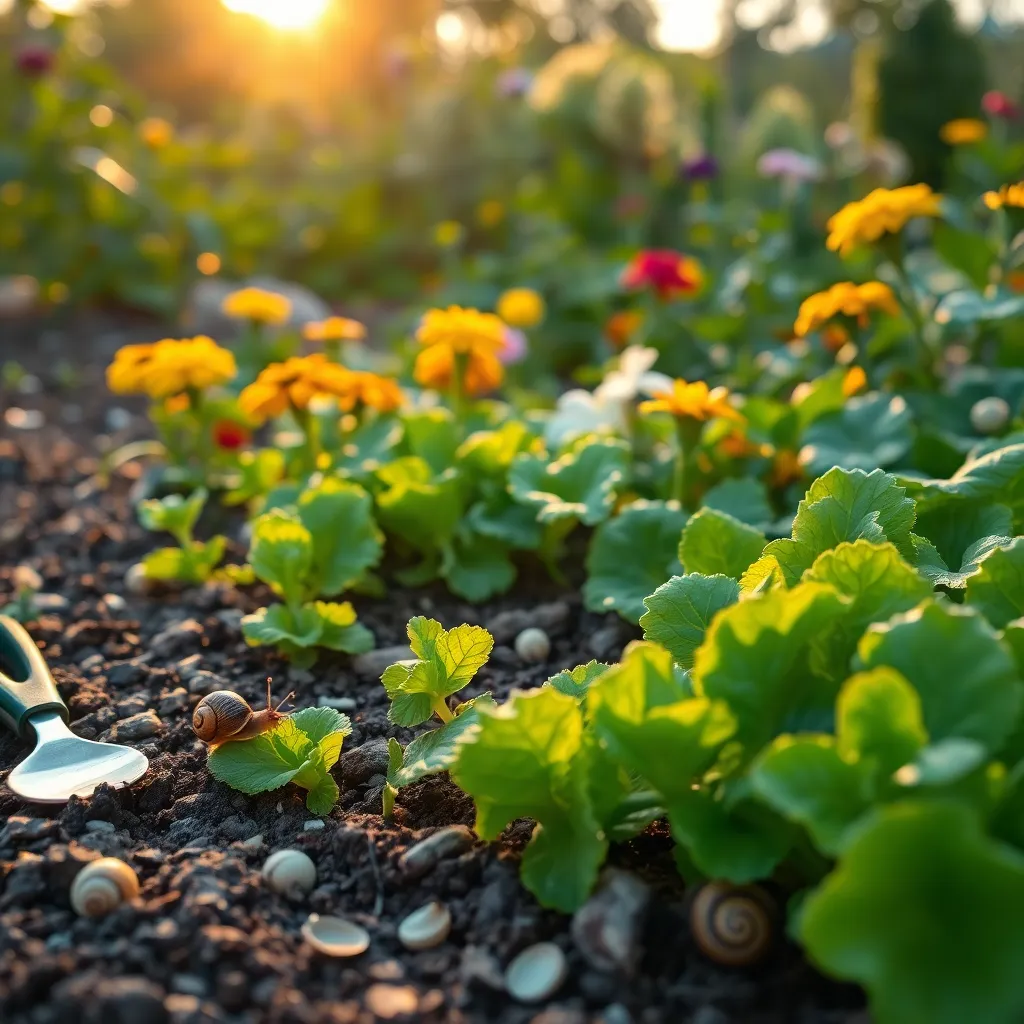
Snails can be quite detrimental to your garden, primarily because they feed on the leaves and stems of plants. This damage can stunt plant growth and even lead to the death of young seedlings. Identifying snail damage early is crucial, as these pests often feed at night, leaving behind telltale signs such as ragged holes in foliage and a silvery slime trail.
To effectively manage snails, consider using barriers made of copper tape or crushed eggshells around your garden beds, as snails dislike crawling over these textures. Additionally, setting up regular nighttime checks can help you manually remove any snails you find. For a more advanced approach, biological control options like introducing natural predators, such as certain species of beetles or birds, can maintain snail populations.
Keep your garden area tidy by removing debris and hiding spots that snails favor. Ensure that your plants are healthy and robust, as well-nourished plants can better withstand minor snail damage. Regularly check your plants and adjust watering practices to avoid creating overly moist environments that attract snails.
Certain plants, like lavender and rosemary, are less attractive to snails, and planting these can deter them from more vulnerable crops. Consider companion planting as a strategy to naturally repel snails without resorting to harmful chemicals. By integrating these techniques, you can create a garden environment where snails are less likely to thrive.
Identifying Snail Damage Signs
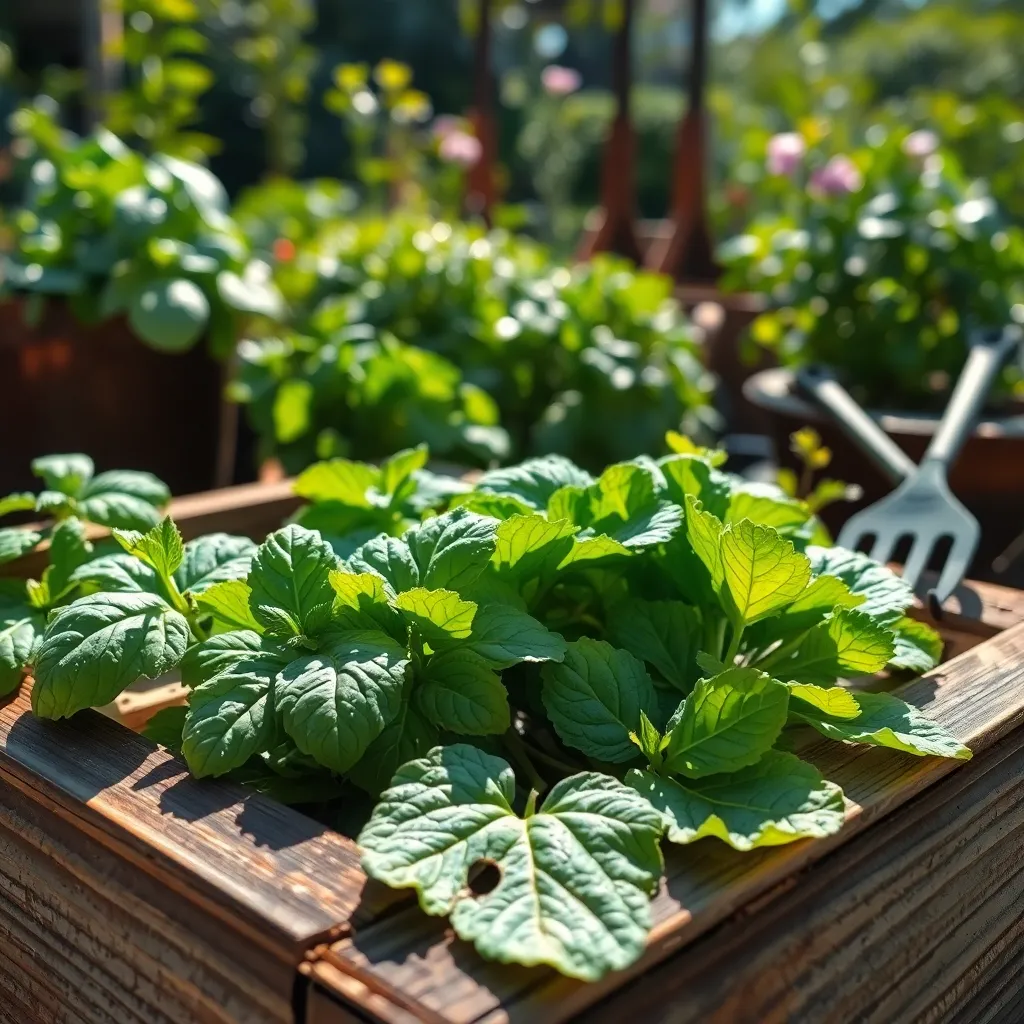
Snail damage in the garden often goes unnoticed until it becomes severe. Identifying the signs early can save your plants from significant harm. Look for irregular holes in the leaves of your plants, which is a common indication of snail activity. These pests typically feed at night, leaving a telltale trail of slimy residue in their wake.
Another sign of snail damage is a ragged appearance on your plant’s edges. Examine the lower leaves and stems for missing chunks or a shredded texture. This can be especially prevalent in young seedlings and tender plants such as lettuce and hostas. Checking these vulnerable areas regularly can help in taking timely action against snails.
Besides physical damage, snails can also affect the overall health of your plants. If you notice your plants looking wilted or less vibrant, it could be due to snail feeding. Addressing these signs promptly by inspecting your garden at dusk or dawn can limit the damage they cause. Encouraging natural predators, like birds and certain beetles, can also help keep snail populations in check.
To further protect your plants, consider implementing preventative measures. Creating barriers using materials like crushed eggshells or diatomaceous earth can deter snails. Regularly clean up debris and keep the garden tidy to reduce hiding spots for snails. Such proactive steps will significantly minimize the risk of snail damage in your garden.
Benefits of Snail-Free Gardens
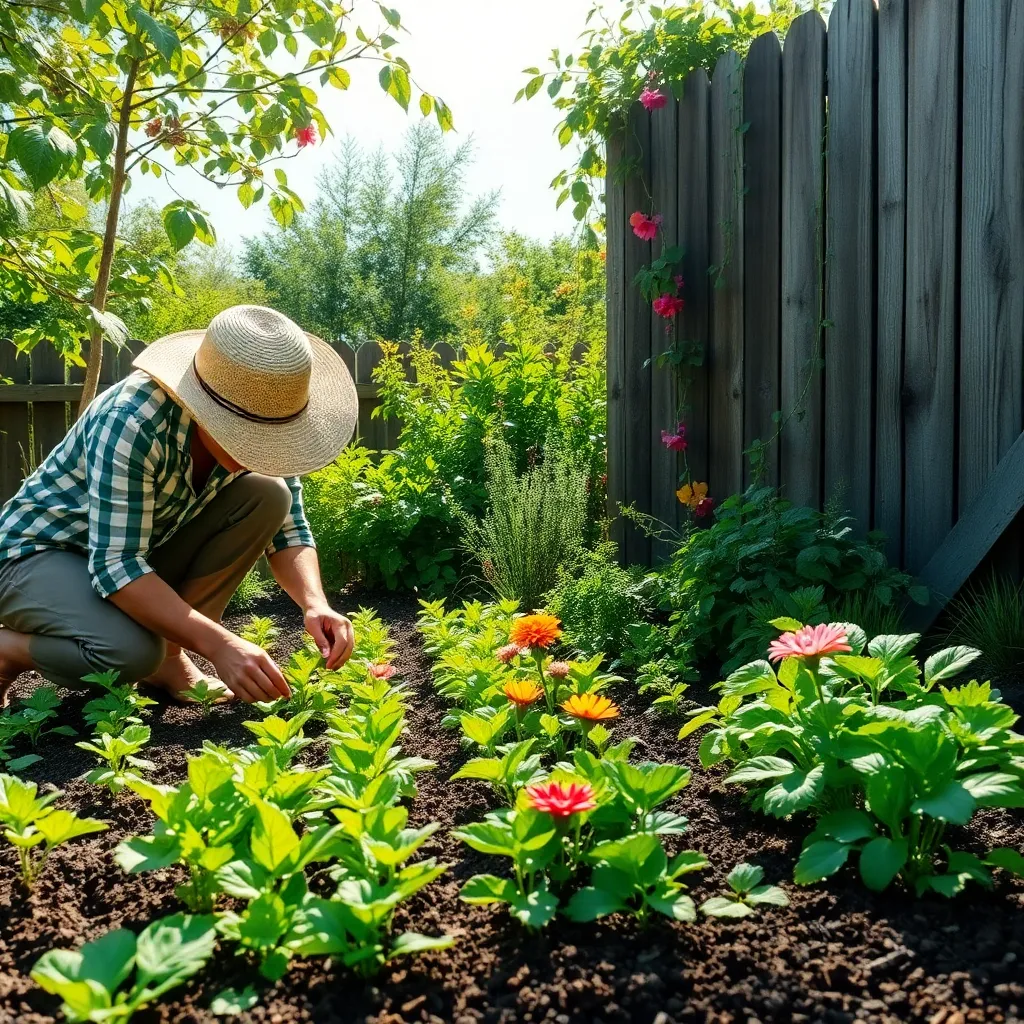
Creating a snail-free garden can significantly enhance the health and vitality of your plants. Snails are known to munch on young seedlings, tender leaves, and even the fruits of your labor, hindering plant growth and productivity.
When snails are absent, plants have a better chance to establish strong root systems. This leads to better nutrient uptake, resulting in more robust and resilient plants capable of withstanding various stressors.
Furthermore, gardens devoid of snails often require less maintenance when it comes to pest management. By reducing the need for chemical controls, you promote an eco-friendly environment that supports beneficial insects and biodiversity.
To maintain a snail-free garden, consider using barriers like copper tape around your beds. Copper creates a mild electric charge that deters snails from crossing, offering a non-toxic and long-lasting solution.
For those seeking more advanced methods, introducing natural predators such as toads or ground beetles can help keep snail populations in check. These creatures thrive in gardens with diverse plantings and moist, shaded areas, so create habitats that welcome them.
Consistently removing debris and fallen leaves reduces snail hiding spots, making your garden less attractive to these pests. Regularly tilling the soil also disrupts snail eggs and young snails, preventing future infestations.
Effective Snail Deterrent Methods
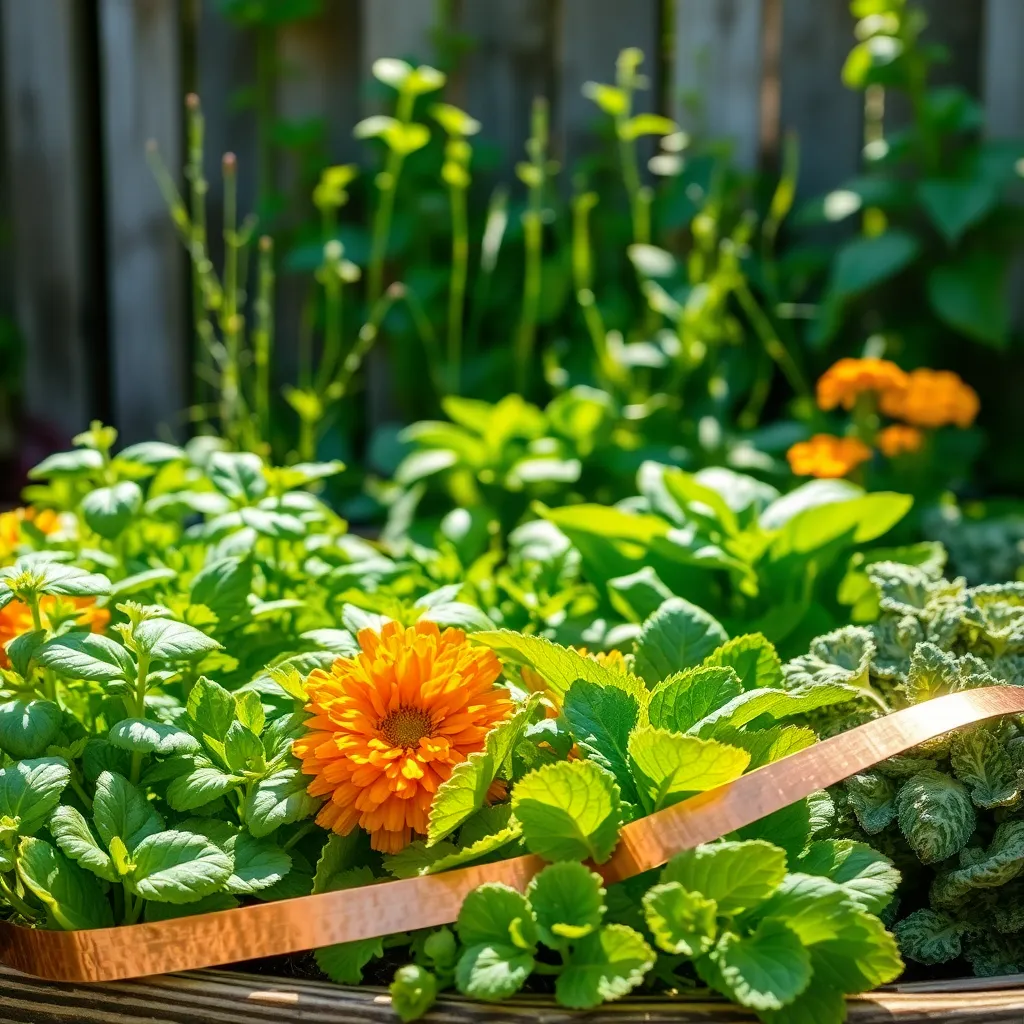
Using natural barriers is a simple yet effective way to keep snails out of your garden beds. Crushed eggshells or diatomaceous earth can be sprinkled around plants to create a protective line. These materials irritate the snails’ soft bodies, discouraging them from crossing. For best results, ensure the barrier is continuous and thick enough to deter these persistent pests.
An alternative strategy is to employ companion planting to repel snails naturally. Certain plants, such as lavender, sage, and rosemary, release scents that snails find unappealing. By incorporating these aromatic herbs into your garden beds, you can protect other vulnerable plants. Not only do these herbs act as a deterrent, but they also add beneficial diversity to your garden ecosystem.
Another effective method involves creating physical traps to reduce the snail population. Burying shallow dishes filled with beer in your garden can attract and trap snails. This method works because the yeast in beer is irresistible to snails, drawing them in and ultimately drowning them. Remember to refresh these traps regularly to maintain their effectiveness.
For those seeking a more advanced solution, consider using copper tape or mesh as a barrier. Copper reacts with the mucus of snails, giving them a mild electric shock that deters them from crossing. This technique is particularly effective for raised beds or containers, where you can easily affix the tape or mesh around the perimeter. It’s a long-lasting option that requires minimal maintenance once installed.
Maintaining a Snail-Free Environment

Creating a snail-free environment in your garden requires consistent effort and attention. Begin by regularly removing debris and fallen leaves, as snails often hide in these damp, dark places.
Next, focus on creating barriers that snails find difficult to cross. Utilize materials such as crushed eggshells, diatomaceous earth, or copper tape around the borders of your garden beds.
Introducing natural predators can also help keep snail populations in check. Consider encouraging birds and beneficial insects, like ground beetles, by providing a habitat that supports their presence.
For more advanced gardeners, maintaining a snail-free garden can include adjusting the watering schedule. Snails thrive in moist environments, so water your plants in the morning to allow the soil to dry out by evening.
Additionally, ensure your soil is well-draining to prevent excess moisture, which can attract snails. Consider adding sand or organic matter to improve drainage if your soil tends to retain water.
Finally, keep a close eye on your plants for any signs of snail damage, such as irregular holes in leaves. Early detection and removal of snails can significantly reduce their impact on your garden.
Conclusion: Growing Success with These Plants
In navigating the garden of our relationships, we can draw valuable parallels from the simple act of keeping snails out of our garden beds. This article has highlighted five key concepts: the importance of setting boundaries, nurturing communication, fostering trust, maintaining a supportive environment, and embracing growth. Each of these elements is crucial in cultivating a thriving relationship, just as they are in protecting our gardens.
As an actionable next step, take a moment to reflect on one area where your relationship could use a little more care. Maybe it’s setting clearer boundaries or spending more quality time together. Decide on a small, specific action you can take today to nurture that aspect.
Remember, relationships are ever-evolving, like a garden that flourishes with consistent attention and love. Bookmark this article as a handy guide for when you need a reminder or inspiration to keep your relationship thriving. With dedication and mindfulness, your relationship can grow stronger, more resilient, and more fulfilling over time.
So, let’s empower ourselves to cultivate the relationships we desire, creating a future where love and connection flourish like the most beautiful garden. Save this article, and revisit it often to ensure your relationship remains vibrant and healthy.

